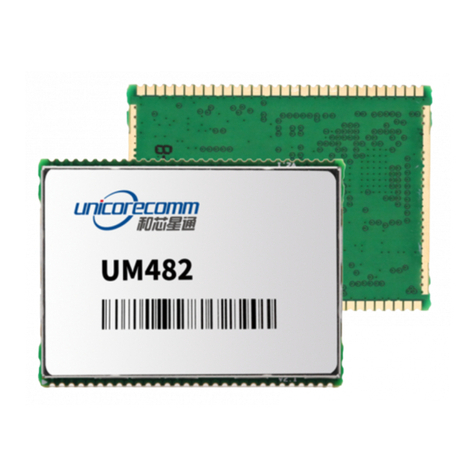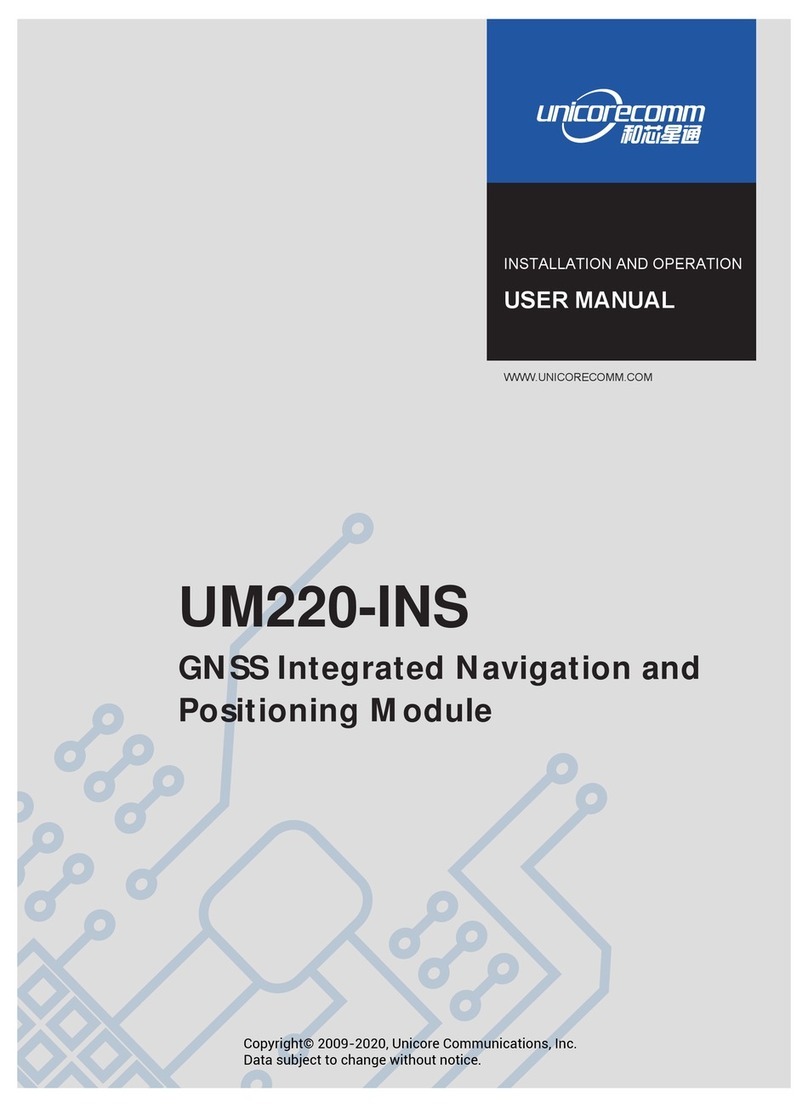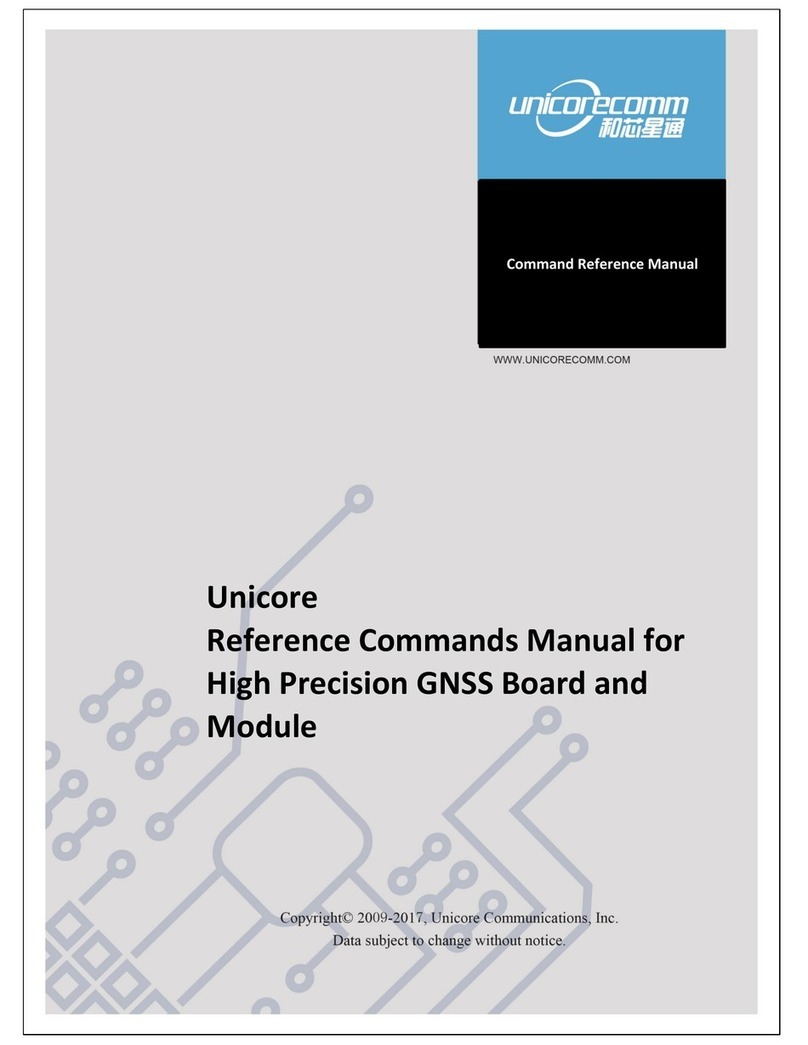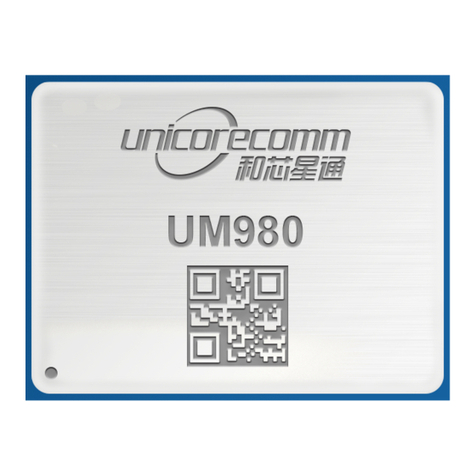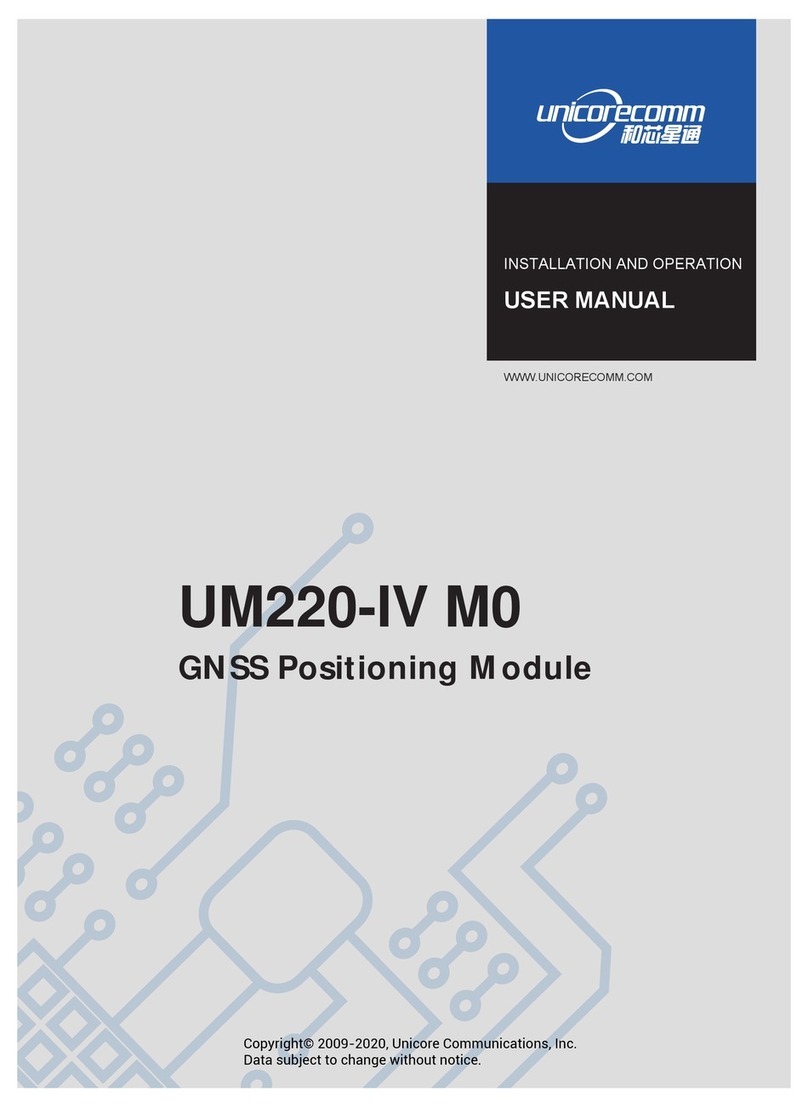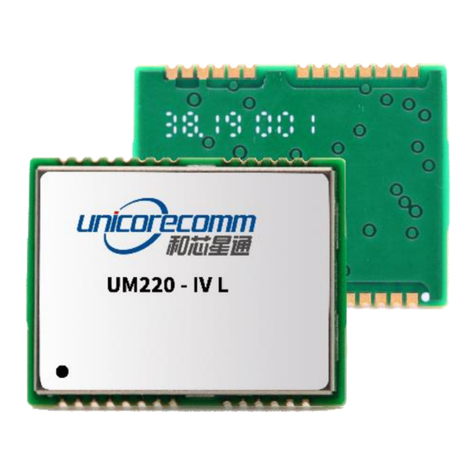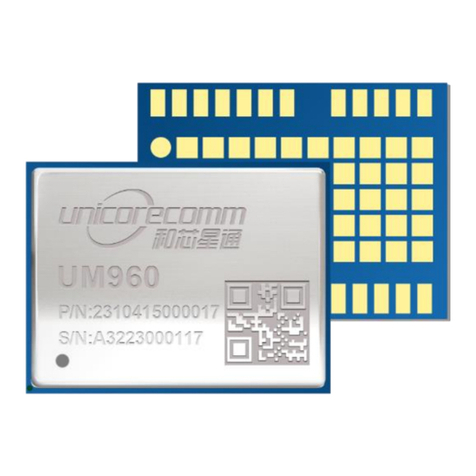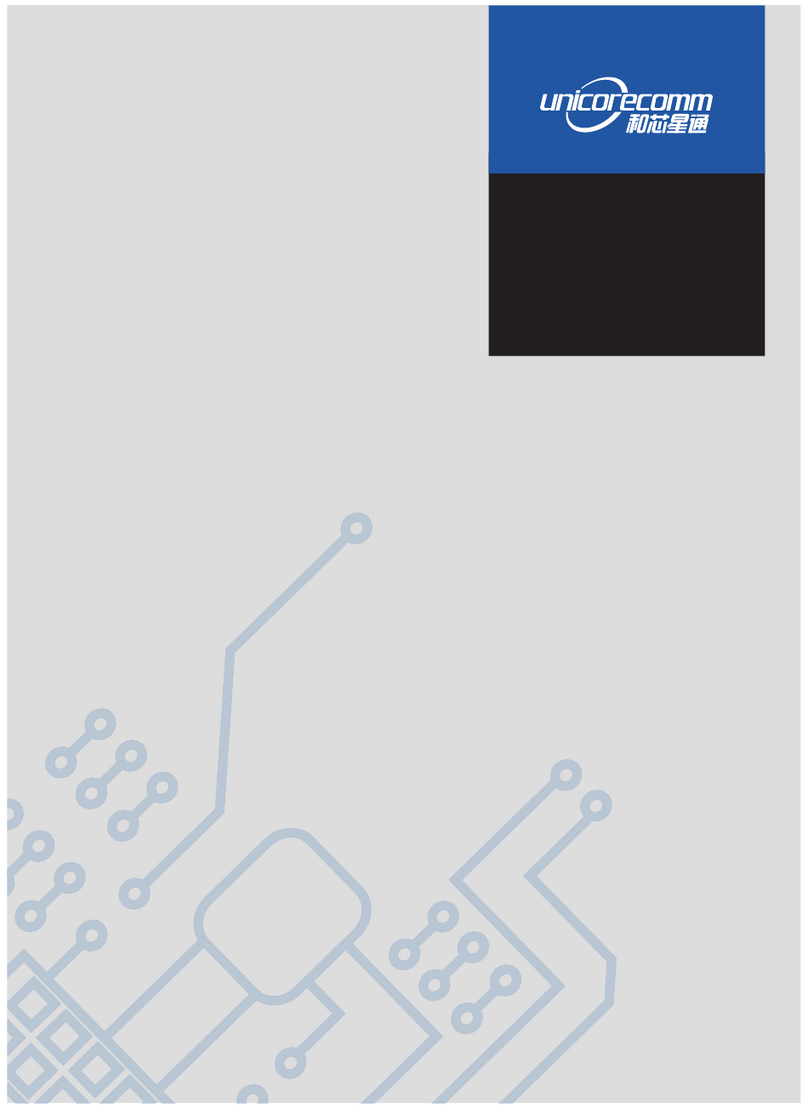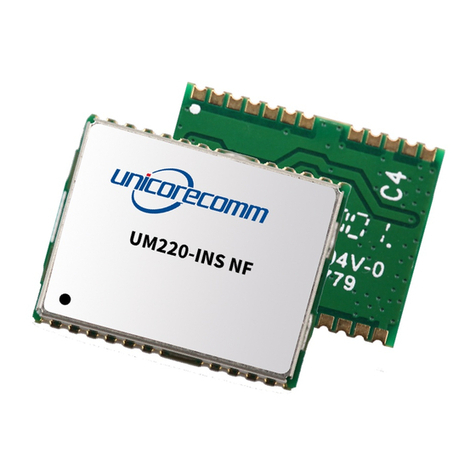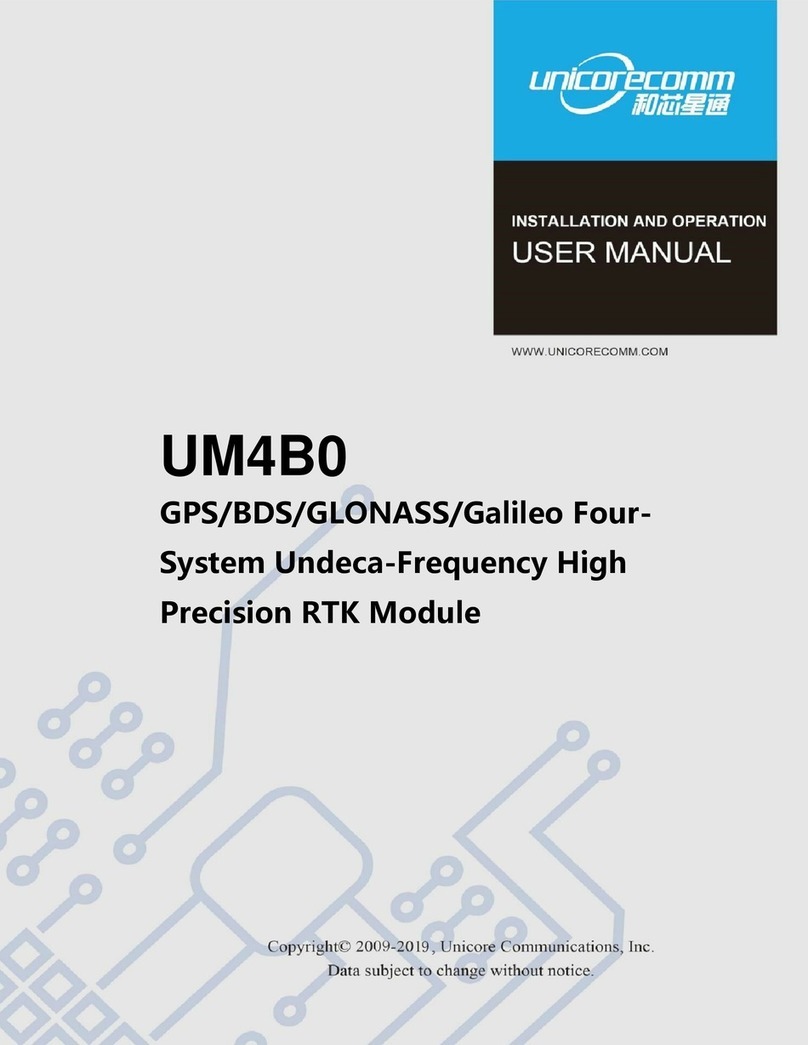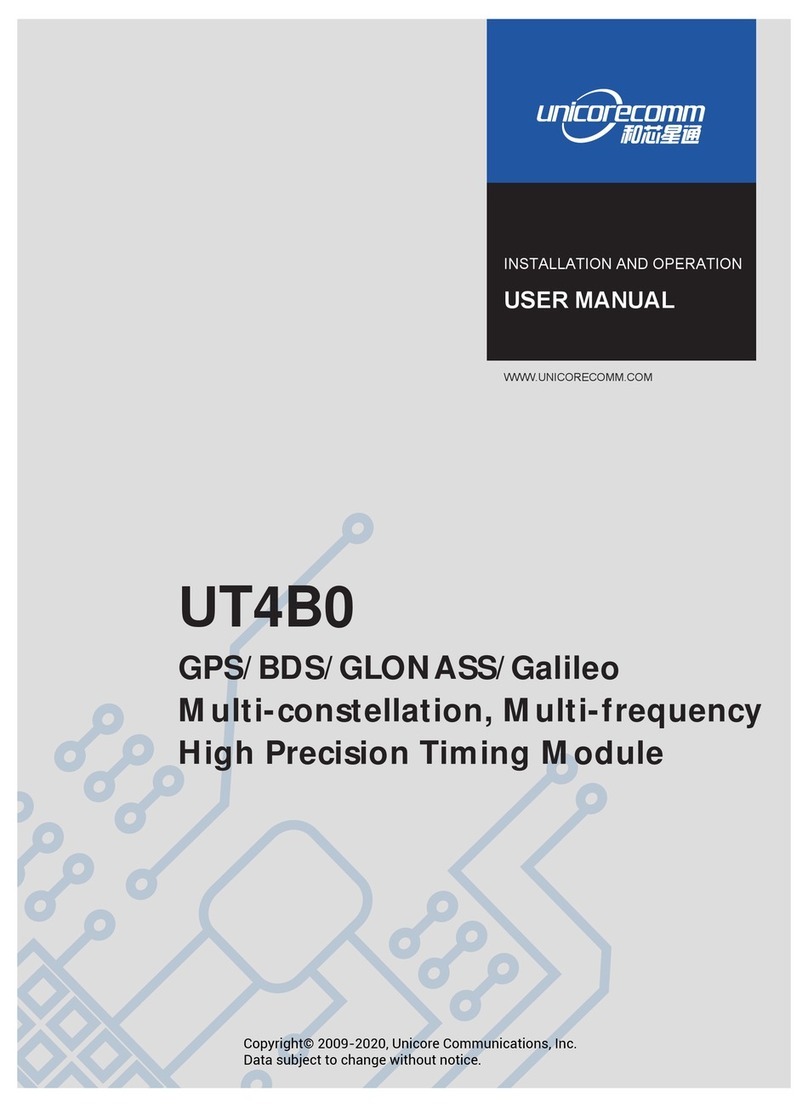i
Contents
1INTRODUCTION .........................................1
1.1 OVERVIEW ..................................................................................................................................1
1.2 KEY FEATURES..............................................................................................................................1
1.3 TECHNICAL SPECIFICATIONS ............................................................................................................2
1.4 INTERFACES .................................................................................................................................2
2HARDWARE .............................................3
2.1 DIMENSIONS................................................................................................................................3
2.2 PIN DEFINITION (TOP VIEW)...........................................................................................................4
2.3 ELECTRICAL SPECIFICATIONS............................................................................................................6
2.4 OPERATIONAL CONDITIONS ............................................................................................................7
2.5 PHYSICAL SPECIFICATIONS ..............................................................................................................7
3HARDWARE DESIGN ......................................8
3.1 DESIGN IN CONSIDERATIONS...........................................................................................................8
3.2 UM4B0 REFERENCE DESIGN..........................................................................................................9
3.3 PINS.........................................................................................................................................10
3.4 PCB PACKAGING ........................................................................................................................11
3.5 RESET SIGNAL ............................................................................................................................12
3.6 ANTENNA..................................................................................................................................12
3.7 EXTERNAL ANTENNA FEED DESIGN.................................................................................................12
4INSTALLATION AND CONFIGURATION.......................14
4.1 ESD HANDLING PRECAUTIONS ......................................................................................................14
4.2 HARDWARE INSTALLATION............................................................................................................14
4.3 START UP..................................................................................................................................17
4.4 CONFIGURATION AND OUTPUT......................................................................................................17
4.4.1 Operation Procedures ........................................................................................................18
5CONFIGURATION COMMANDS...............................19
5.1 RTK REFERENCE STATION CONFIGURATION .....................................................................................20
5.2 RTK ROVER CONFIGURATION........................................................................................................21
5.3 MOVING BASE CONFIGURATIONS ..................................................................................................21
5.4 HEADING CONFIGURATION ...........................................................................................................21
6ANTENNA DETECTION ...................................22
7FIRMWARE UPGRADE ....................................22
8PRODUCTION REQUIREMENT...............................24
9PACKAGING ...........................................25
